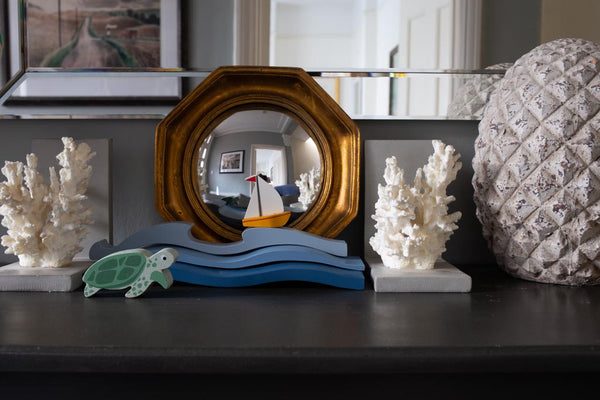What are educational toys? Choose toys that promote learning and development

Educational toys are serious.
They are often designed with specific learning objectives in mind, such as teaching children about numbers, letters, or colours, or promoting specific skills such as hand-eye coordination or spatial reasoning.
Think Montessori knobbed cylinders or object permanence boxes.
We can see the point of them but why do they have to be so dull.
But that needn’t be the case.
Yes, there are benefits to playing with the kinds of materials you might find in a Montessori nursery (and children do enjoy the challenge of using them), but learning doesn’t always fit into neat categories like number sense or seriation (putting things in order).
So what other toys can be educational?
Consider the following:
- Chess
- Barbie
- Busy boards
- Karaoke machines
An ecclectic mix! And that’s because the truth is that everything is educational if the learning it offers matches a gap in your current understanding.
If your child is exploring the connecting schema, she may find hours of pleasure in sliding a door bolt back and forth or playing with the latch. Squishing playdough together or chaining paper clips will also appeal.
Having said all that, not all toys and materials are created equal. Some have more learning potential than others. Here are a few toys to consider:
The best educational toys
Wooden Blocks
Blocks are the quintessential educational toy. They encourage creativity, spatial awareness, and fine motor skills. As children stack, arrange, and build with the blocks, they develop problem-solving skills, learn about balance and stability, and improve their hand-eye coordination. They even encourage language development when played with alongside others. Think of the dialogue and negotiation required to co-operate on a structure.
Shape Sorters
Shape sorters help children recognise different shapes and colours, which is fundamental to their cognitive development. By fitting the correct shape into its corresponding slot, children enhance their fine motor skills and hand-eye coordination. Additionally, this activity fosters problem-solving abilities and teaches the concept of cause and effect.
Wooden Animals
Wooden animal toys stimulate your child's imagination and curiosity about the natural world and are the centrepiece of small world play.
What stories will your child tell with a set of safari animals? What adventures happen down on the farm?
Imaginative play marks the transition from toddlerhood to the symbolic thinking of the preschool years. It’s the most important shift in understanding that your child will undergo and it all happens through this kind of play.
Stacking Toys
Stacking toys, such as conical towers and rainbows, challenge children to think about how objects can be ordered (known as seriation). They are didactic materials, which means that they teach. Their form demands that you assemble them correctly. When you put the pieces in order they look right. Mistakes are obvious.
Puzzles
Puzzles engage your child’s problem-solving skills, spatial awareness, and concentration.
They aren’t open-ended, meaning they can only be completed one way, so the creative challenge is diminished, but the skills required to manipulate and predict where the pieces go are essential to early learning.
Play Kitchens
Play kitchens offer a fantastic opportunity for children to engage in imaginative play, role-playing, and social interaction. The youngest children are happy to pull themselves up from crawling and post objects into the sink and oven. But as they get steadier on their feet and their capacity for imaginative play grows, they play alongside others, telling stories and re-enacting the day’s events.
Wooden Train Sets
Wooden train sets spark children's interest in transportation and engineering.
But, most of all, they are a hotbed of schema play. Over, under, around, along and through; next to, in front of, behind. These movements are foundational and your child must find a way to represent them in her mind as they are the basis for all kinds of future mathematical thought.
Hours and hours of repetitive play at the train table are what’s required.
The Role of Everyday Objects in Cognitive Development
If every toy can be educational, does that also apply to other objects?
Yes.
There’s a lot you can learn from the junk in your recycling bin or the bits and pieces in your stationery drawer. Chain paper clips or build a model from cardboard tubes and egg boxes and you will meet many challenges that extend your thinking.
The advantage of toys is that they are safety tested and certified. They won’t break in your child’s mouth or be swallowed. And they are designed with a particular educational outcome in mind, so you know they are pushing the right developmental buttons at the right time.
Final word
Educational wooden toys play an essential role in your child’s development. But, as we have seen, the term ‘educational’ is so broad as to include almost everything. And that’s not a bad thing. It means that with a little care, you can rely on all kinds of objects in your home and in the toy box to play their part in your child’s developmental journey.





